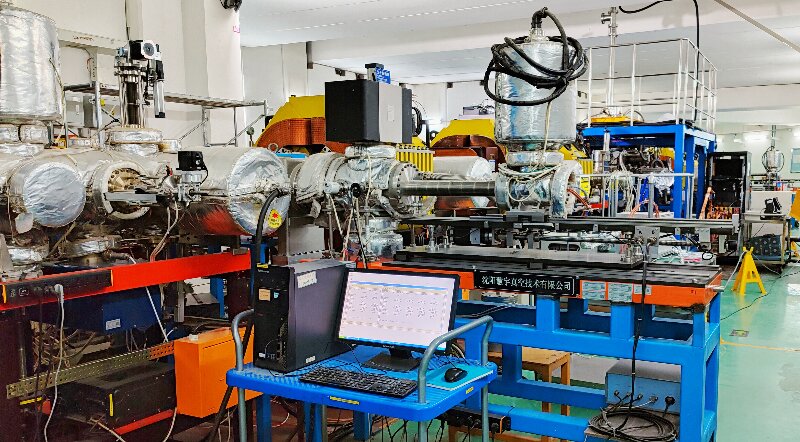Researchers at the Institute of Modern Physics (IMP) of the Chinese Academy of Sciences (CAS) have developed a new technique to measure the masses of key nuclei with high precision. Using this method, they have studied X-ray bursts on the surface of a neutron star, which has provided new insights into the properties of these dense objects.
Understanding Neutron Stars and X-ray Bursts
Neutron stars are the densest objects in the universe after black holes. X-ray bursts, which are among the brightest objects observed by space-based telescopes, occur on the surfaces of neutron stars. These violent thermonuclear explosions are caused by hydrogen- and helium-rich matter from a companion star that accretes on the surface of the neutron star for hours or days before igniting thermonuclear burning. The explosion lasts for 10 to 100 seconds, causing a bright X-ray burst. These frequent X-ray bursts offer an opportunity to study the properties of neutron stars.
The Role of Germanium-64 on Nuclear Reaction Processes
Germanium-64 is a waiting-point nuclide that plays a decisive role in the nuclear reaction sequence that powers X-ray bursts. It is an important congested section encountered when the nuclear reaction proceeds to the medium mass region. The masses of the relevant nuclei are decisive in setting the process path and thereby the X-ray flux produced.
The Development of a New Ultrasensitive Mass Spectrometry Technique
The researchers from the Storage Ring Nuclear Physics Group at IMP have developed a new ultrasensitive mass spectrometry technique at the Cooler Storage Ring of the Heavy Ion Research Facility in Lanzhou. The method, called Bρ-defined isochronous mass spectrometry, can quickly and efficiently measure short-lived nuclei with an extremely low production yield.
Using this technique, the researchers precisely measured the masses of arsenic-64, arsenic-65, selenium-66, selenium-67, and germanium-63. The masses of arsenic-64 and selenium-66 are the first experimental results in the world, and the mass precision of the others has been improved. With the newly measured masses, all nuclear reaction energy related to the waiting point nucleus germanium-64 has been experimentally determined for the first time.
The Implications of the Study
The researchers used the new masses as inputs for X-ray burst model calculations. They found that the new data lead to changes in the nuclear reaction process path. As a result, the X-ray burst light curve on the surface of the neutron star has an increased peak luminosity and a prolonged tail duration.
By comparing model calculations with the observed X-ray bursts of GS 1826-24, the researchers found that the distance from Earth to the burster should be increased by 6.5%, and the neutron star surface gravitational redshift coefficient needs to be reduced by 4.8% to match astronomical observations. This indicates that the density of the neutron star is lower than expected. In addition, the composition changes of the nuclear reaction products revealed that the temperature of the outer shell of the neutron star should be higher than generally believed after the X-ray burst.
The study provides new insights into the properties of neutron stars and contributes to the frontier physics research topic of great importance. The precise nuclear mass measurement has led to a new understanding of X-ray bursts on the surface of the neutron star. By comparing it with astronomical observations, new constraints have been set on the relationship between the mass and radius of the neutron star.


Leave a Reply